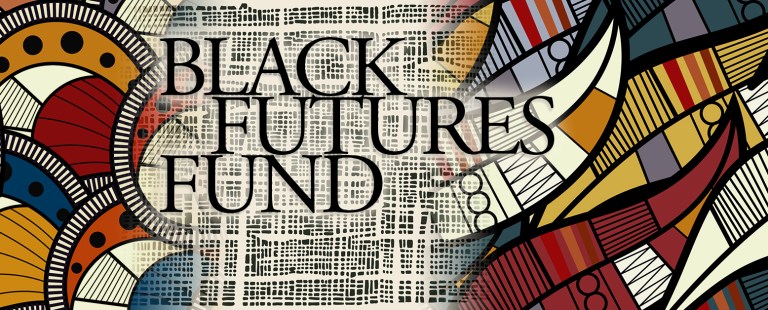By: Marissa Valentine
“Adolescence,” according to an article by Variety magazine, amassed a whopping 24.3 million viewers just four days after its debut. It held the number one spot for three weeks on Netflix, and by late March collected 96.7 million views, ranking it among Netflix’s all-time most popular TV shows.
It is a film that at first glance appeared to be exclusively a crime drama, inspiring watchers to figure out the overarching question, “why?”
Throughout the decades, parents have faced the woe of societal influence. Think rock and roll in the 50’s, Woodstock in the 70’s, and the AIDS epidemic of the 80’s, all movements that had parents concerned about the well-being and social influences of their teens.
In “Adolescence,” the scene is set by police raiding the home of a seemingly normal English family to arrest the 13-year-old youngest child, Jamie. He is woken out of his sleep in the early morning, being pulled from his bed by police officers who have said he is under arrest for murder. As the camera pans to each member of the household, you can see the shock, horror, and disbelief on each member of the family’s face.
As the premiere episode of the series unfolds, the viewer watches the fallout as a result of Jamie’s actions, unsure of whether he committed a crime, and unclear of the motive.
Navigating through each episode, you begin to see not only the plot unfold, but you begin to view the story from the point of view of each of the characters. More importantly, you begin to understand the more important themes of the series.
In the beginning, you see the main detective go to Jamie’s school to interview Jamie’s middle school peers to get a better understanding of the “why” in this homicide case. Yet, the detective still cannot determine a clear motive for Jamie’s actions due to the detective’s lack of understanding of social influence, pressure, and bullying that happen amongst today’s youth.
In the early 1990s and early 2000s, teens faced bullying based on the type of clothes they wore, how they looked, or based on social stereotypes. These same bullying tropes exist today, except now teens, especially boys, are influenced by what the series references as the “manosphere.”
Manosphere is defined by the Cambridge Dictionary as a space promoting misogynistic worldviews, where men vent their grievances against women, based on negative experiences or perceived slights.
Men who define themselves as involuntarily celibate, also known as incels, heavily populate these spaces and circulate negative, and harmful ideas about dominating, manipulating, and harming women who do not comply with their requests or acknowledge them.
The film hints at Jamie being bullied by the girl he killed because of her calling him a “red pill” consumer, also known as a manosphere consumer hinting at him being an incel.
As the series progresses and Jamie meets with his court-appointed psychologist, you see her ask Jamie a series of questions to try to paint a picture of how Jamie thinks and makes sense of the world.
In this scene between Jamie and his psychologist, you see Jamie’s aggression, manipulation, and misogynistic views, all of which, in the end, you learn through the dialogue of his parents that he absorbed through social media. The conversation highlights the landscape of problems faced by teens and parents today.
In the series, you hear the parents reference the lack of communication, the isolation created by kids turning to social media to socialize with their peers, and the lack of control parents feel they have once teens retreat to the online world.
This film is a must-watch for parents, educators, and mentors, regardless of the age of the children under your care or supervision, as it can be helpful to have a conversation about what it’s like to be a teen in the age of social media.




